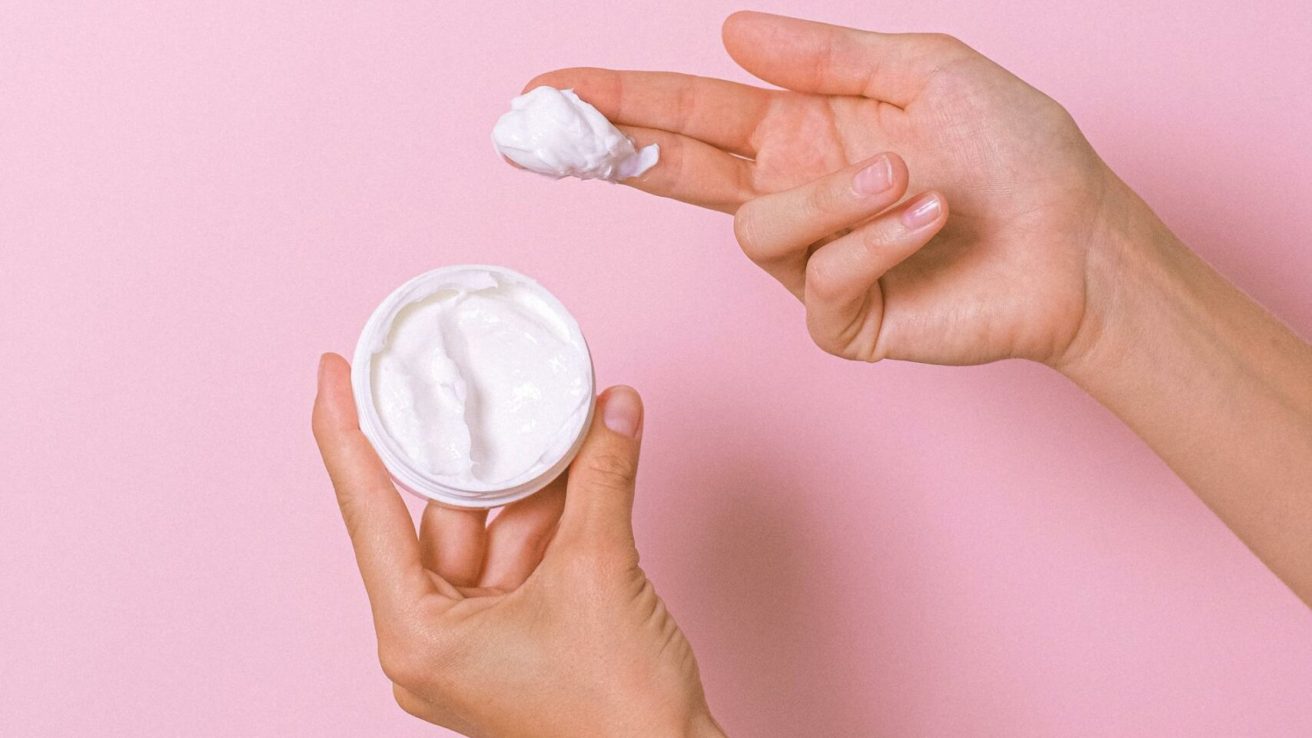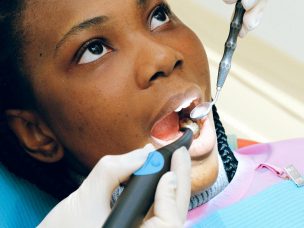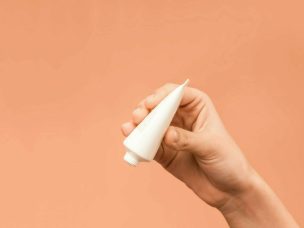Clindamycin–benzoyl peroxide gel demonstrated comparable clinical efficacy to clindamycin lotion for the treatment of mild to moderate hidradenitis suppurativa in a pilot trial.
Hidradenitis suppurative (HS) is defined as a chronic inflammatory cutaneous condition that involves inflammatory nodules, abscesses, tunnels, and scarring. Monotherapy with topical clindamycin is indicated for treating HS of mild-to-moderate severity. While antibiotics are the standard treatment for the disease, emerging antibiotic resistance is a major concern among HS patients.
This randomized controlled pilot study, published in the journal Dermatology, evaluated the clinical efficacy of clindamycin–benzoyl peroxide gel and clindamycin lotion in participants diagnosed with mild-to-moderate HS.
Participant Characteristics
The study enrolled 10 patients, including 20 body sites. Most (80%) of the participants were female, and the median age was 28 (22.5–36.3) years. Of the total patients, four were currently smokers. Based on Hurley staging, 10% of the HS patients had moderate disease severity (Stage II) and 90% of the HS patients had mild disease severity (Stage I). On the basis of refined Hurley staging, 30% had mild disease (Stage 1A or 2A), 60% had moderate disease (Stage 1B or 2B), and 10% had severe disease (Stage 1C, 2C, or 3).
International Hidradenitis Suppurativa Severity, Itch, and Pain Scores
The median baseline International Hidradenitis Suppurativa Severity Score (IHS4) was 2 (1.8–2) and 2 (2–3) for clindamycin lotion and clindamycin–benzoyl peroxide gel, respectively. After 16 weeks of treatment, the median decrease in the IHS4 was statistically significant in both clindamycin lotion (p < 0.05) and clindamycin–benzoyl peroxide gel (p < 0.01). After 12 weeks of treatment, there was a statistically significant decline in median pain scores in patients given clindamycin lotion (p < 0.05) and clindamycin-benzoyl peroxide gel (p < 0.01). While the itch scores also improved with two interventions, the degree of decline was not statistically significant.
Patient Satisfaction and Antibiotic Resistance
The majority of patients in the study were satisfied with the treatment. Both clindamycin lotion and clindamycin–benzoyl peroxide gel were well tolerated. Only one patient reported mild itching at both body sites. There was a small increase in the emergence of clindamycin-resistant strains in body sites treated with clindamycin lotion compared to stable strains in the body sites treated with clindamycin–benzoyl peroxide gel.
In summary, the clinical efficacy of clindamycin–benzoyl peroxide gel in treating mild-to-moderate HS and preventing antibiotic resistance is comparable to that of clindamycin lotion.
Source:
Aarts, P., Reeves, J. L., Ardon, C. B., Van Der Zee, H. H., & Prens, E. P. (2023). Clindamycin-benzoyl peroxide gel compared with clindamycin lotion for hidradenitis suppurativa; a randomized controlled assessor blinded intra-patient pilot study. Dermatology, 239(4), 670–674. https://doi.org/10.1159/000530758










